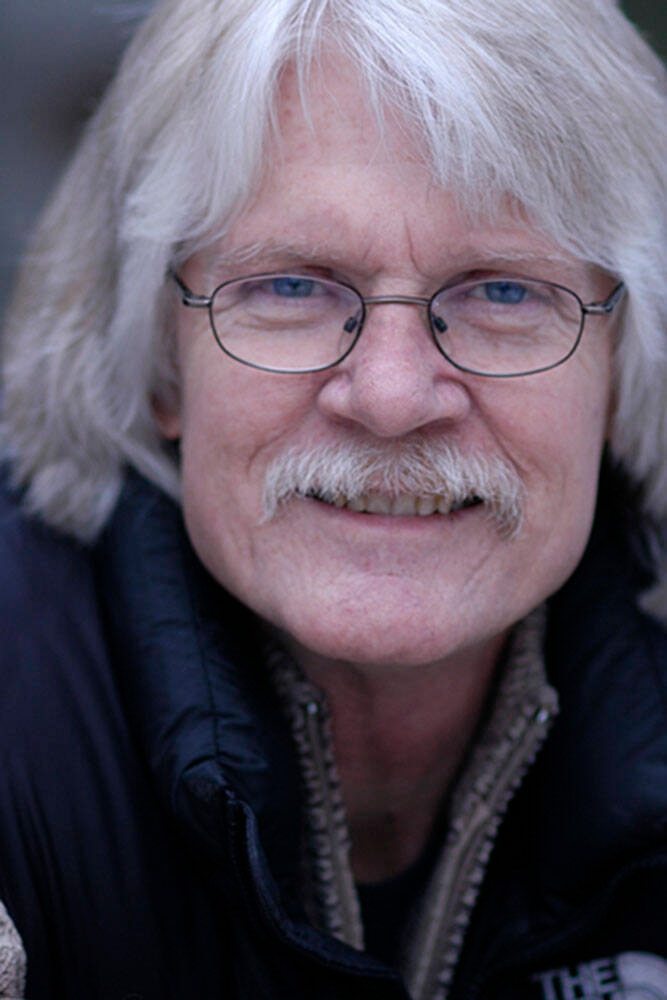When I first started earning a living as a photographer I needed to produce the highest quality photographic print for my clients. In those days of film photography the bigger the image was on the film, the better the final enlargement.
I admit that the recent interest by young photographers does surprise me, but what the heck, its all part of the exciting interest in photography.
The most popular films were 35mm, 120mm and 4x5 inches. For those large wall size scenics 4x5 sheet film was the best. However, when it came to event photographs and portraits photographers would choose between 35mm (approximately 1 5/8 inches) and 120mm (6x6 or 6x7 cm). That meant 35mm for sports and 120mm for portraits and weddings.
I got to thinking about film after I talked to a young fellow that said he read an article about what a “pro” film camera was. What he thought were the “pro” models from that era were a bit different from what I remember.
However, that’s an interesting discussion for us old-timers and when my friend Drew showed up at my shop I asked him that question. He skirted around a solid answer finally saying the camera was just a tool and before digital the quality of the film would probably be more important than the camera.
Film did determine the final outcome when the final outcome was the size and quality of the photograph.
When I first became interested in photography I used a 35mm camera and if I wanted a 16x20 print I’d use the lowest ASA (ISO). Then when I got my first medium format (120mm) camera the mid-range 200ASA gave me a better 16x20 than a 35mm camera and a lower ASA film.
As with today’s digital technology the film, both colour and black and white got better. Ilford first introduced new black and white films 400ISO HP5, then Delta 400ISO. I would use a specialized film developer and shoot my Delta 400 at 200ISO and get a film that gave me more grey tones and I think less grain than most lower ISO films would.
Kodak eventually came out with an updated colour film called Portra that was made especially for photographers that wanted the best image possible. For myself, those films changed things. I no longer had to carry a clunky medium format camera and three lenses. The better films meant I could use a smaller 35mm with a single zoom lens.
To that fellow’s “what was a pro film camera” question, my opinion was that ‘Pro’ cameras were the most durable cameras. One paid for durability and I don’t remember hearing a photographer say, “my camera makes the sharpest pictures’”, but I do remember photographers proudly declaring that they could “pound nails” with their camera.
A so-called ‘pro’ camera meant that its owner could rely on it continuing to work in a rainstorm or after falling onto a concrete floor. To me that was certainly how I made my choice. With the exception of those expensive Canon and Nikon professional cameras I expect most cameras won’t take much of a drop, and I think both manufactures refer to their cameras as splash proof instead of waterproof.
I guess, when touting what the best modern camera is, one could say it is all about the image quality and size of the sensor, how many megapixels and even how high the ISO will go without showing image degrading noise.
The pro camera back then was all about film, whereas the pro camera now is all about the sensor.
Stay safe and be creative. These are my thoughts for this week. Contact me at www.enmanscamera.com or emcam@telus.net.
